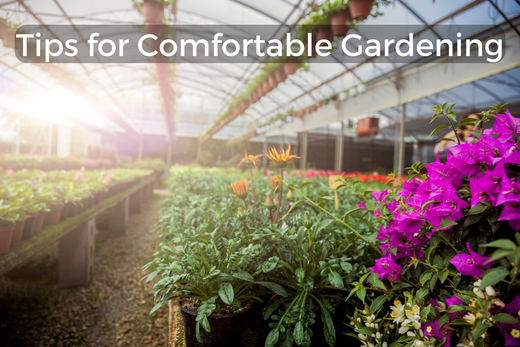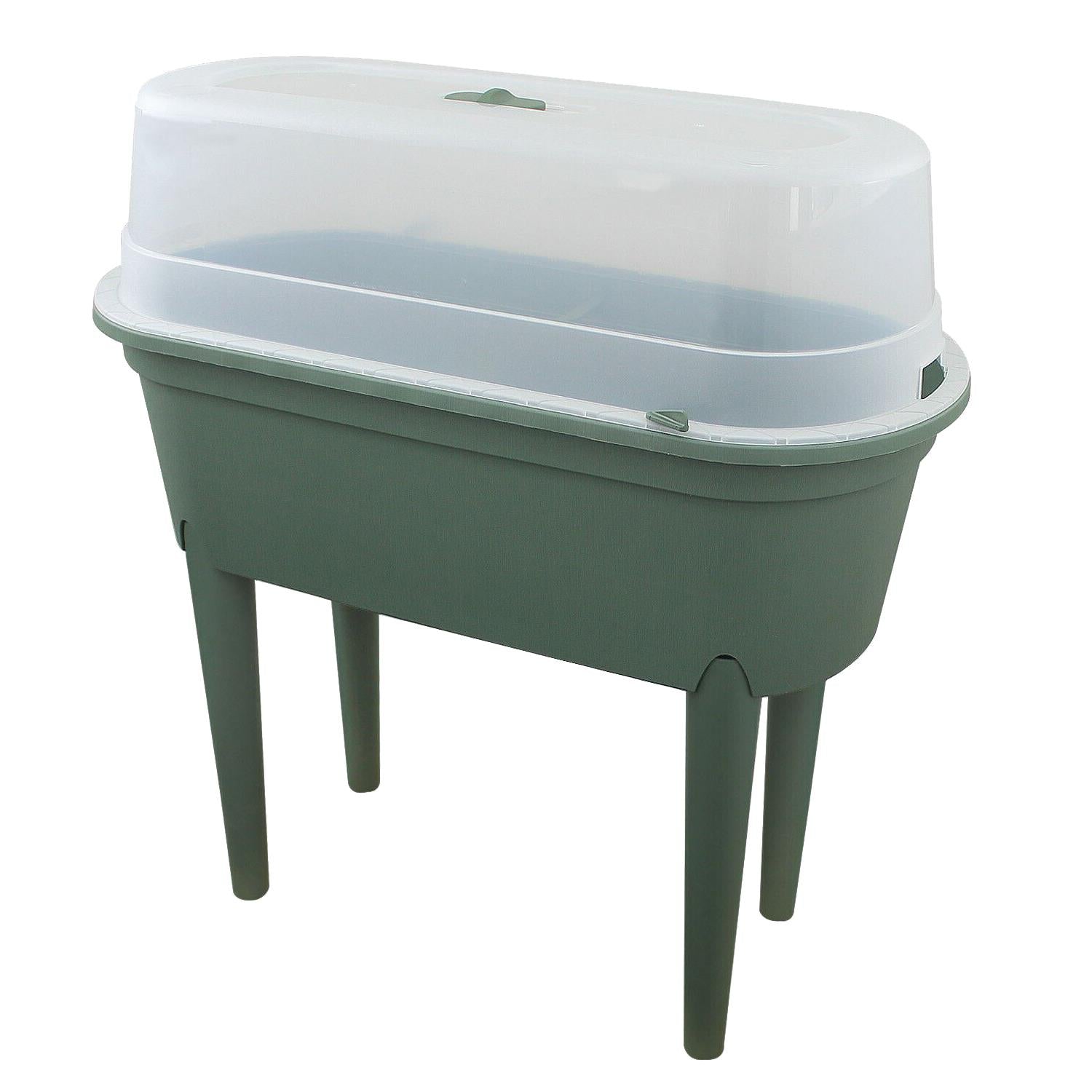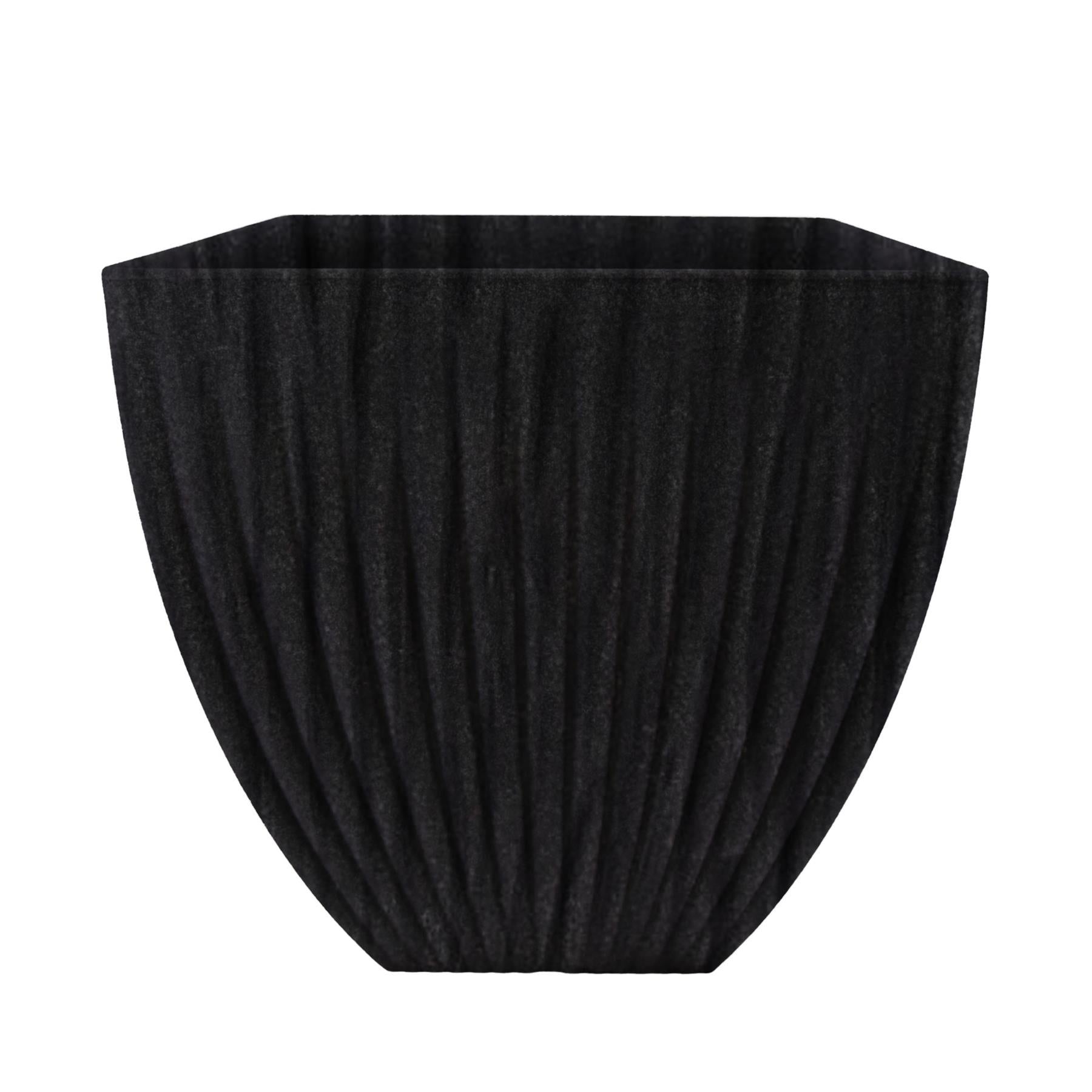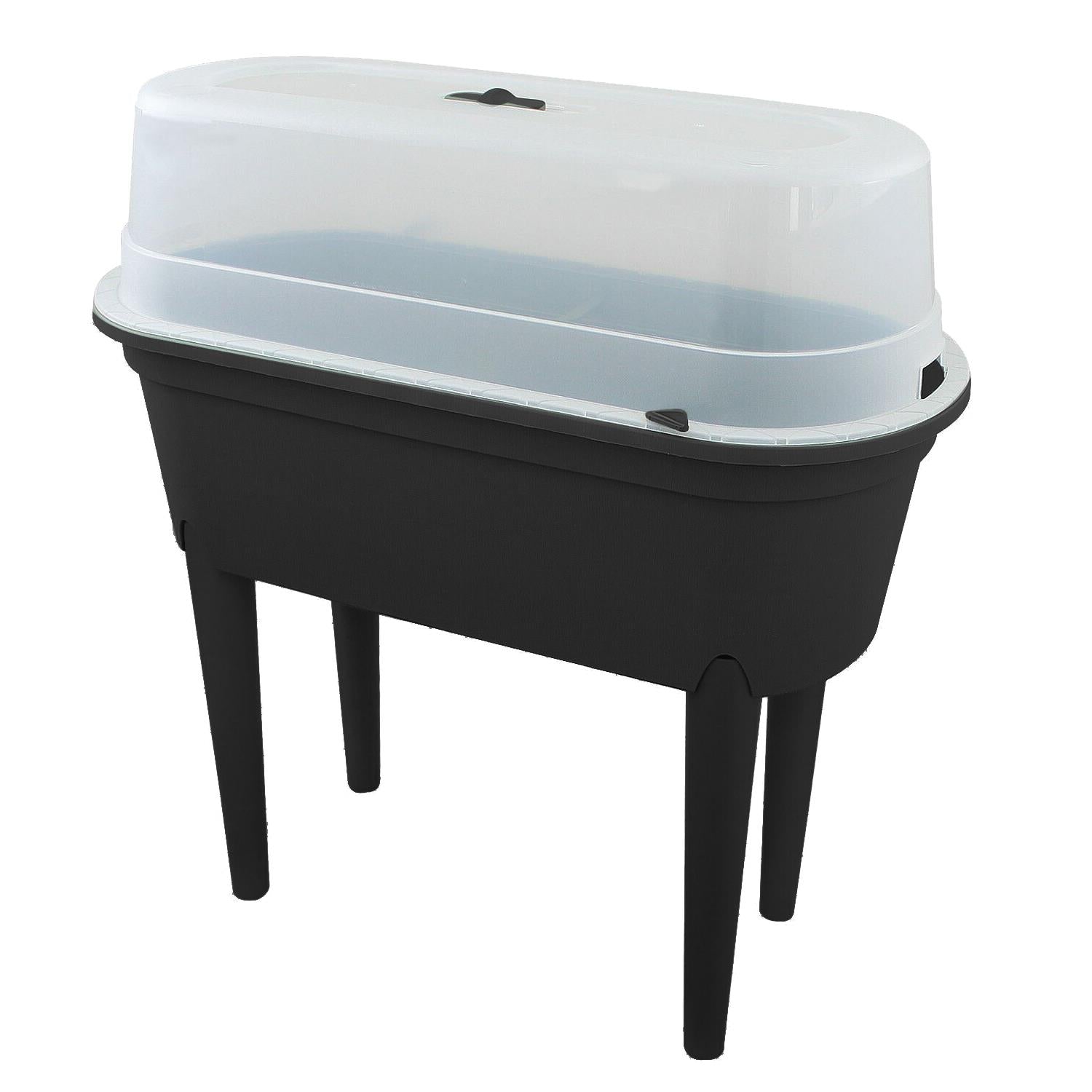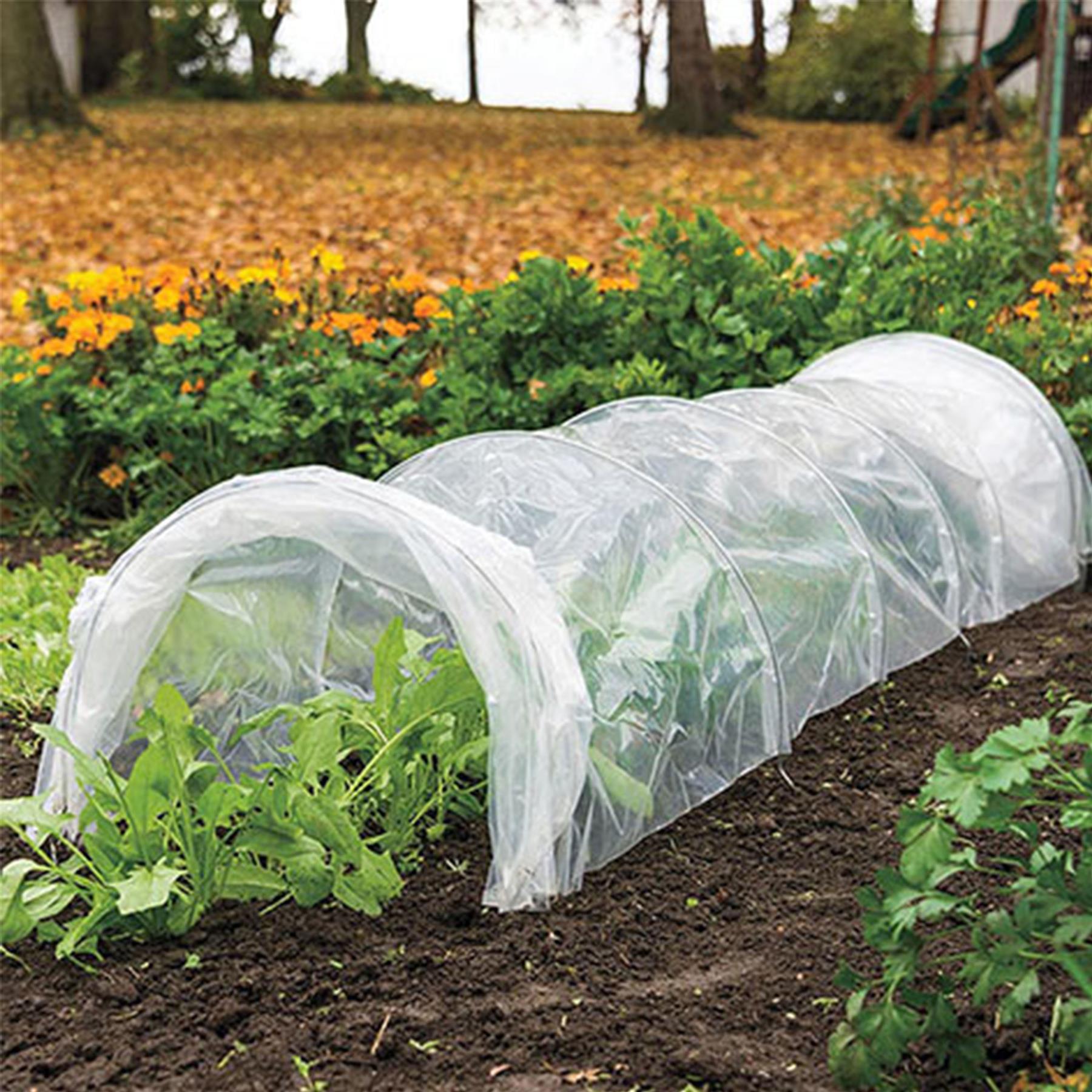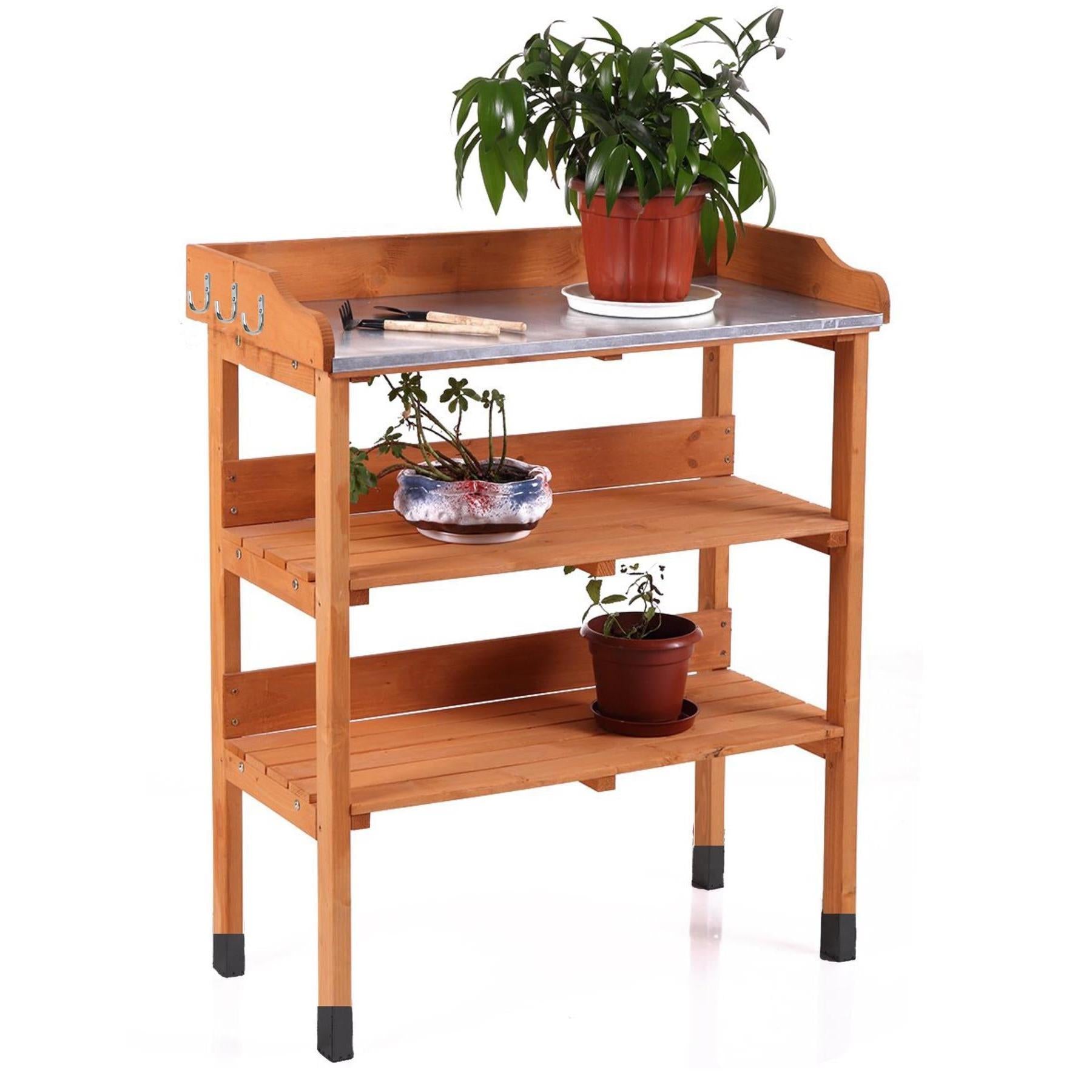Greenhouse tables are an essential element for any serious gardener or plant enthusiast. They provide a stable and secure platform for plants, allowing for better organization, management, and growth. When it comes to selecting the right height for greenhouse tables, there are several factors to consider. In this article, we'll explore the importance of greenhouse tables and how tall they should be.

The Importance of Greenhouse Tables
Greenhouse tables serve several essential purposes. First, they provide an elevated surface that allows plants to be off the ground, reducing the risk of pests and disease. This also helps to keep the plants cleaner and easier to maintain. Second, greenhouse tables provide a level and stable surface for plants to grow, ensuring proper drainage and preventing root rot. Third, greenhouse tables can help maximize the use of available space in a greenhouse, allowing for more efficient organization and management of plants.

Factors to Consider when Choosing the Height of Greenhouse Tables
When choosing the height of greenhouse tables, several factors must be taken into consideration. These factors include the type of plants being grown, the size of the greenhouse, the grower's height, and the available space in the greenhouse.
Type of Plants Being Grown
Different types of plants have varying height requirements, and therefore, greenhouse tables should be adjusted accordingly. For instance, tomato plants require a height of at least three feet, while lettuce can be grown on tables that are only a foot or two high. Thus, it is important to consider the height requirements of the plants being grown and adjust the height of the tables accordingly.
Size of the Greenhouse
The size of the greenhouse is another critical factor to consider when choosing the height of greenhouse tables. If the greenhouse is small, then tables that are too high can take up valuable space, making it difficult to move around and manage plants. On the other hand, if the greenhouse is large, then taller tables can be used to maximize space utilization.
Grower's Height
The height of the grower is also a crucial factor in determining the height of the greenhouse tables. If the grower is tall, then higher tables may be more comfortable to work with. However, if the grower is shorter, then lower tables may be more practical and ergonomic.
Available Space in the Greenhouse
The available space in the greenhouse is another factor to consider when choosing the height of greenhouse tables. If the greenhouse has limited space, then tables that are too high can take up valuable space, making it difficult to move around and manage plants. In contrast, if the greenhouse has ample space, then taller tables can be used to maximize space utilization.
How Tall Should Greenhouse Tables Be?
In general, greenhouse tables should be between 25 to 36 inches tall. This height provides a comfortable working height for most growers while also allowing for adequate space for plants to grow. However, as mentioned earlier, the height of the tables should be adjusted depending on the factors discussed above.
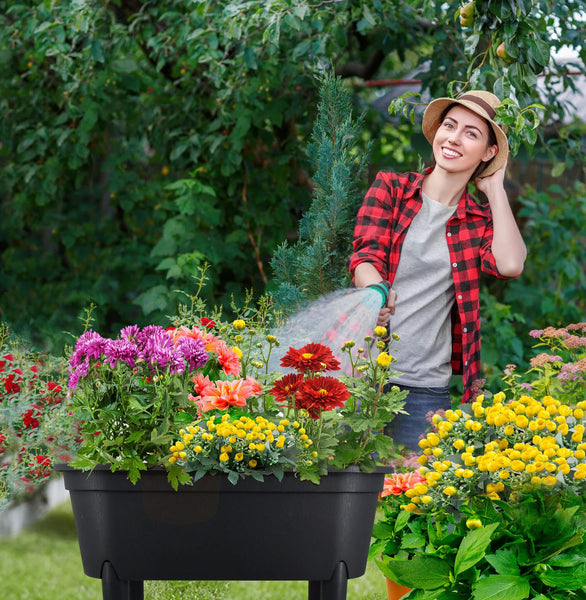
Greenhouse tables are essential elements for any serious gardener or plant enthusiast. They provide a stable and secure platform for plants, allowing for better organization, management, and growth. When choosing the height of greenhouse tables, it is important to consider the type of plants being grown, the size of the greenhouse, the grower's height, and the available space in the greenhouse. A height of 25 to 36 inches is generally recommended, but this height can be adjusted based on the factors discussed above.

